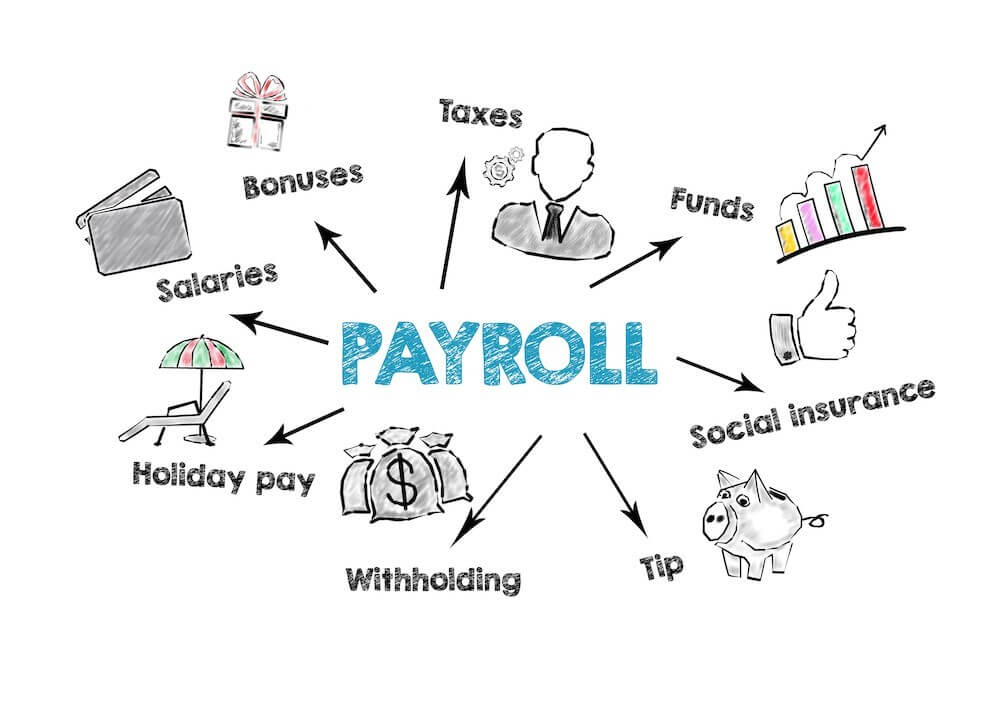ADP has been sued for inaccessibility despite using a popular overlay. The rest of the cases involving overlays have been small potatoes by comparison.
I am predicting thatSF Lighthouse for the Blind v. ADP will be to overlays what the Domino’s case was to general accessibility litigation.
I personally made my first complaint about ADP site inaccessibility on behalf of a blind co-worker about five years ago. I re-iterated the complaints twice in subsequent years. ADP’s reaction to mine (and other’s) complaints was not to fix its website’s accessibility issues.
Instead of solving the problem
ADP installed an accessibility overlay.
While AudioEye is not named in the litigation, you can tell that’s what ADP used because ADP says so in their accessibility statement.
AudioEye claims (language directly from their website) to:
- Reduce your risk of a digital accessibility lawsuit;
- Provide the highest level of legal protection, backed by the industry’s only always-on, sustainable solution certifying ADA/Section 508 compliance against WCAG 2.1 AA standards.
But here is what the plaintiffs claimed they experienced with the ADP+AudioEye combination:
- Links do not work;
- Screen reader users have difficulty submitting responses;
- Improper reading order;
- Unannounced state changes;
- Edit fields, graphic links, and drop-down menus either unlabeled, inappropriately labeled, or otherwise difficult to interact with; and
- Inconsistent organization.
Any one of the plaintiffs’ complaints would be a serious WCAG 2.1 violation.
Why this suit matters
- This is not the first lawsuit about accessibility plugins/overlays, but it is against the largest named defendant to-date.
- Disability Rights Advocates (DRA), the firm representing the plaintiff, is well known for groundbreaking cases related to accessibility. These cases include physical access, accessible voting, education, transportation, and digital accessibility lawsuits such as White v. Square, NFB v. Scribd, and the granddaddy of digital accessibility litigation, NFB v. Target. Most importantly, DRA is known for cases that make a difference. DRA is not a drive-by accessibility plaintiff firm.
- San Francisco Lighthouse for the Blind, the plaintiff, is not a hit-and-run plaintiff. They file meaningful litigation, typically after attempting to work with the defendant to resolve the issue. Frequently these cases are the first of their kind, such as:
- Bashin v. Conduent, a current case where the plaintiff sued as a whistleblower when a vendor failed to provide the accessible campground reservation system the State of California contracted for.
- Lighthouse v. Redbox, a case concerning inaccessible video rental kiosks.
Could this suit be the first nail in the coffin for accessibility overlays as a “solution”?
As I discussed in a previous article, overlays are not a viable solution to accessibility problems, for the following reasons:
- You can’t fix automatically what can’t be detected automatically;
- Overlays lull stakeholders into thinking they don’t have to care about accessibility;
- Overlays address the symptoms of the problem without treating the root cause;
- Overlays never “solve” the problem the way the USERS want it solved
- Overlays work even more poorly in mobile environments than they do on a desktop.
- Overlay scripts cause security and performance concerns for the sites that include their code.
A Lighthouse win, followed by ADP counterclaiming against AudioEye, could be the first salvo in ending the accessibility plugin/overlay farce.

0 comments on “More lawsuits filed against companies using accessibility plugin/overlays”